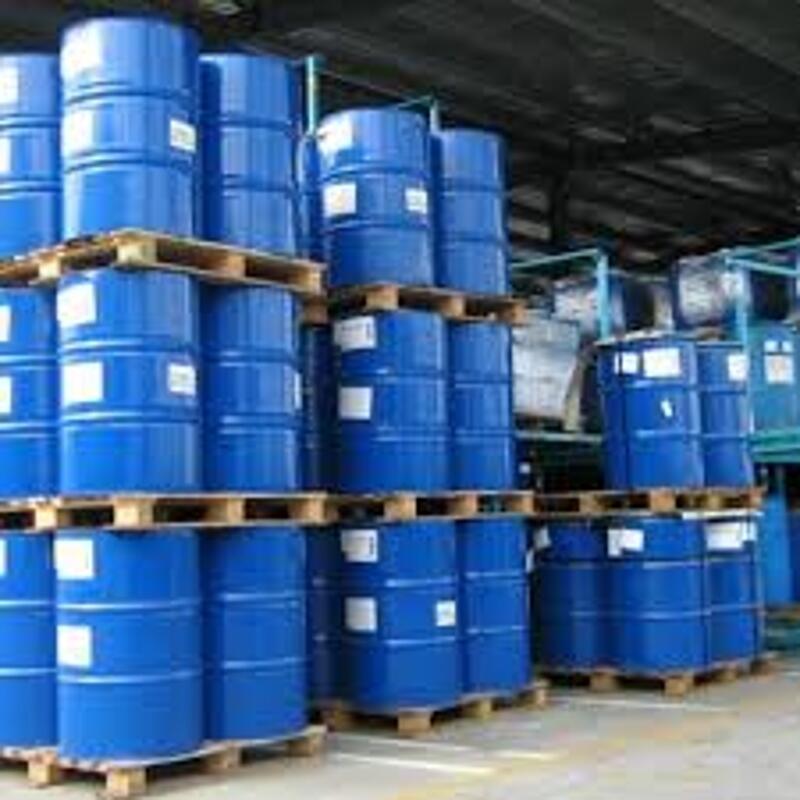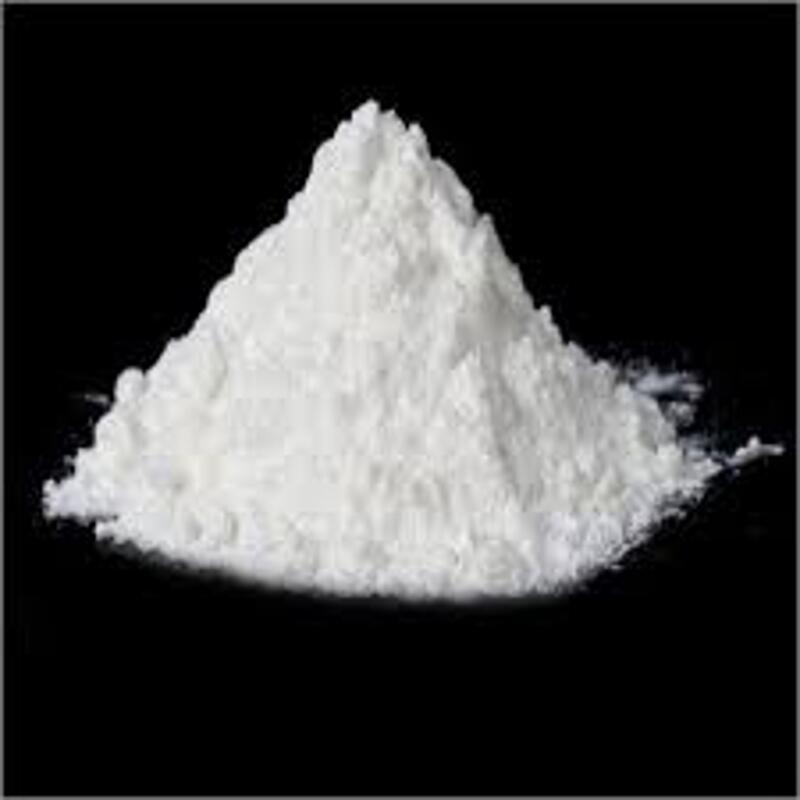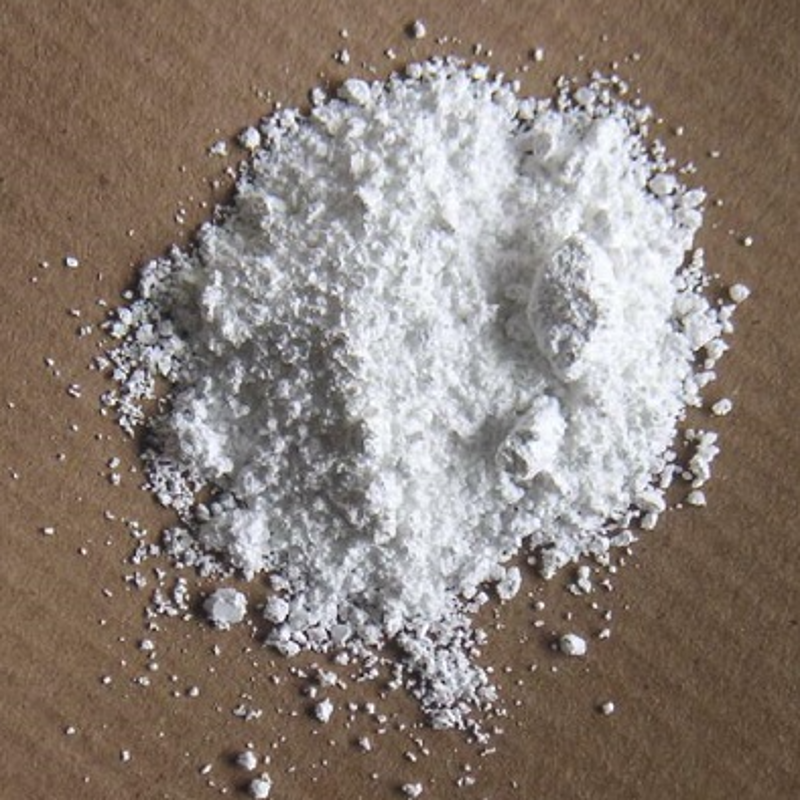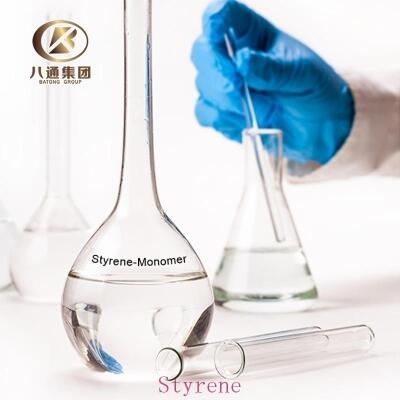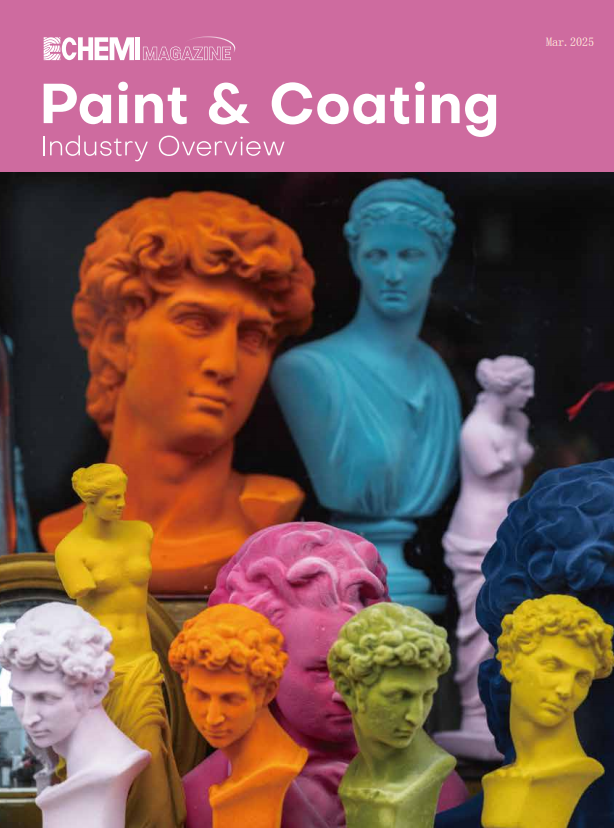The past and present life of antibacterial powder coating
Antibacterial materials are not new to us today. As early as World War II, the German army began to use antibacterial materials for clothing. In daily life, Japan is leading in the research and application of antibacterial materials. As early as the 1980s, Japan has gradually applied antibacterial environmental protection materials to washing machines, refrigerators, water purifiers, children's toys and other products, such as coating online coatingol.com. At present, there are two types of antibacterial materials developed in Japan: one is to rely on metal ion sterilization, the other is to rely on photocatalyst sterilization. Most of the heavy metal ions in metal ions have bactericidal ability. When bacteria contact with metal ions, it can destroy the main structure of bacteria, or metal ions enter into bacterial cells and combine with the enzyme of bacterial proliferation, making the enzyme lose activity, so as to achieve the purpose of anti bacteria and anti bacteria. And photocatalyst - such as typical titanium dioxide, when exposed to the sun or fluorescent ultraviolet radiation, oxygen or water in the air forms active oxygen, photocatalyst has the ability to oxidize and decompose organic substances, so that bacterial decomposition plays a bactericidal role. Compared with metal ion antibacterial agent, photocatalyst has its advantages because its antibacterial effect can work immediately. But once in the absence of light, it loses its superiority. In other words, because there is no light in the room, most of the indoor environment does not have the conditions for fluorescent ultraviolet radiation. Therefore, when used in the indoor environment, metal ions are generally used as antibacterial agents. Among many metal ions, silver is the most widely used. Silver is a well-known metal. In addition to its decorative function, it also has a good bactericidal function.
It has been used as an antibacterial substance for nearly a thousand years. With the emergence of nanotechnology, ordinary silver materials are transformed into nano silver, which makes silver play a more bactericidal effect, even thousands of times more than ordinary silver materials. Most of the pathogenic bacteria are single celled organisms, by which silver atoms can become ionic form and destroy the cell wall and cell membrane of the bacteria. After the bacteria are killed, they decompose, and silver ions recover the atomic form again, and maintain the bactericidal ability all the time. Through repeated experiments, it was found that nano silver antibacterial agent can strongly inhibit the propagation and transmission of a variety of bacteria, including Escherichia coli, Staphylococcus aureus, Pseudomonas aeruginosa and Candida albicans, as well as about 650 kinds of bacteria, such as algae, fungi and molds. In addition to its highly effective antibacterial properties, nano silver also has a broad-spectrum antiviral effect, which can inhibit and prevent influenza virus, SARS coronavirus, avian influenza virus and human immunodeficiency virus. There is an Industrial Standard JIS z2801 in Japan, which is the most widely used test and evaluation method. The standard only describes the antibacterial effect and test method, and evaluates the antibacterial effect of the bacteria on the surface of antibacterial products (including intermediate products) through standard antibacterial test. In the field of antibacterial coatings, there are three national standards and industrial standards in China, including antibacterial coatings (Hg / T 3950-2007), antibacterial coatings (paint film) determination of antimicrobial activity and antimicrobial effect (GB / T 21866-2008), and film resistance to mildew (GB / T 1741-2007). According to the standard specification of antibacterial coating, the function of inhibiting the growth and reproduction of bacteria, fungi, molds and other microorganisms is called bacteriostasis; the function of killing the nutrition and reproduction of bacteria, fungi, molds and other microorganisms is called sterilization. Antibacterial and bactericidal coatings are generally called antibacterial coatings. According to the degree of antibacterial effect, antibacterial coating can be divided into two grades: Grade I and grade II. Grade I is suitable for places with high requirements of antibacterial performance, and the antibacterial performance is required to be ≥ 99%.
Looking for chemical products? Let suppliers reach out to you!
-
Paint & Coating Industry Overview Mar.2025
This issue provides analysis of the European and German coatings markets, as well as the latest monthly reports and price trends of coatings-related chemical raw materials. Support online permanent download.Published in: Mar.2025
Trade Alert
Delivering the latest product trends and industry news straight to your inbox.
(We'll never share your email address with a third-party.)
Related News
-
Givaudan will acquire Alderys to 'subvert' raw material production
-
Jingming as chief technology officer of continental China
-
The first quarter net profit of Runhe materials is expected to increase by 200%
-
Xiuperdiping helps Lianying medical to urgently produce anti epidemic materials
-
Yin Dulin: new chemical materials to surpass
-
Coal demand will gradually pick up, annual long-term cooperation or downward
-
Innovation and development of new chemical material industry
-
Party branch of SVW chemical material center introduces project management
-
Yin Dulin: new chemical materials to surpass
-
Libang Silk Road headquarters and new material production base sign a contract
Recommend Reading
-
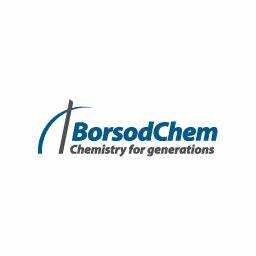
Wanhua Chemical's TDI Unit at BorsodChem in Hungary Completes Maintenance, Resumes Normal Production
-
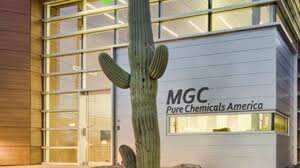
MGC expands Texas plant capacity
-

Phenol Guide: Domestic Phenol Market Still Tilting on May 22
-

Epoxy resin and bisphenol A chemical raw materials fell collectively!
-

Introduction to Phenol: Continuation of Domestic Phenol Market on September 4
-
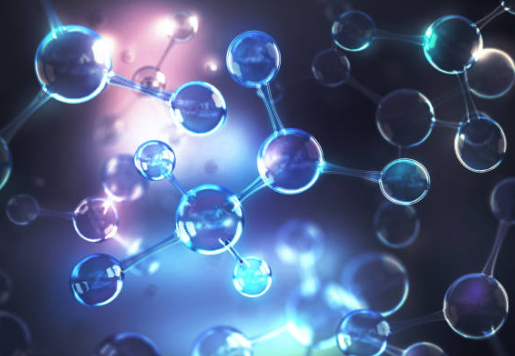
What are the differences and similarities between ionic and covalent bonds?
-

Grape Seed Oil for Skin and Health: Benefits, Uses, Side Effects, and Risks
-
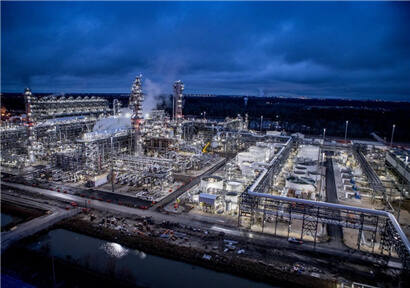
Shanxi coking coal: running on the energy revolution road
-

The coal price of the production area basically stabilized
-
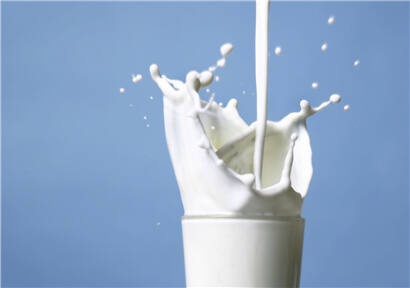
Hebei infant milk powder market share strives to be the first in the country





